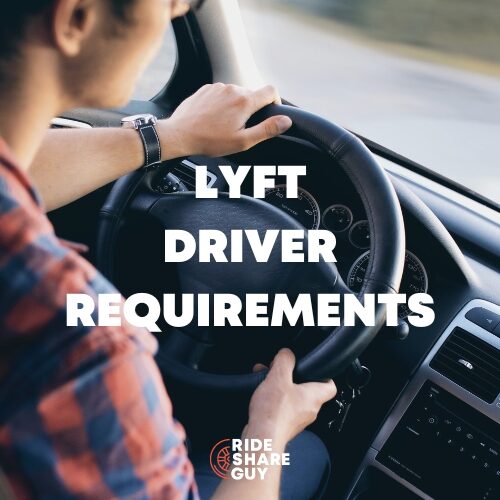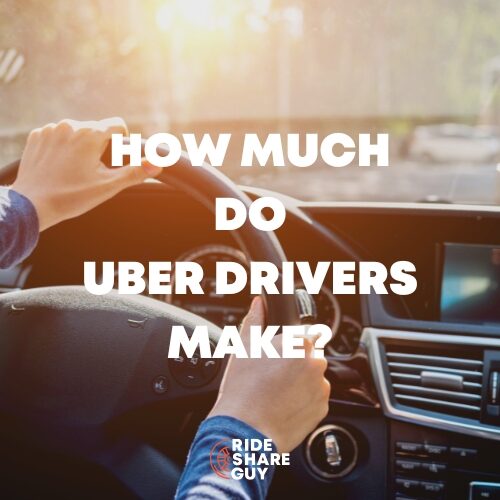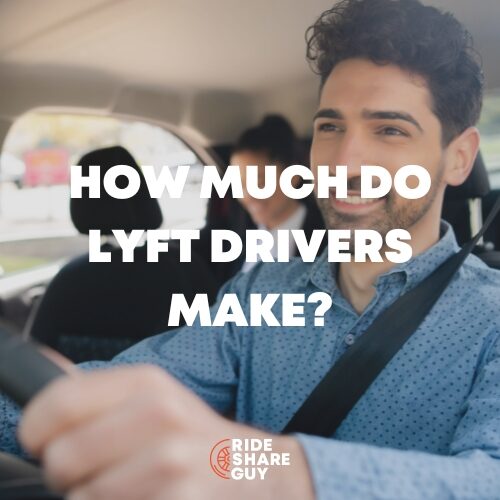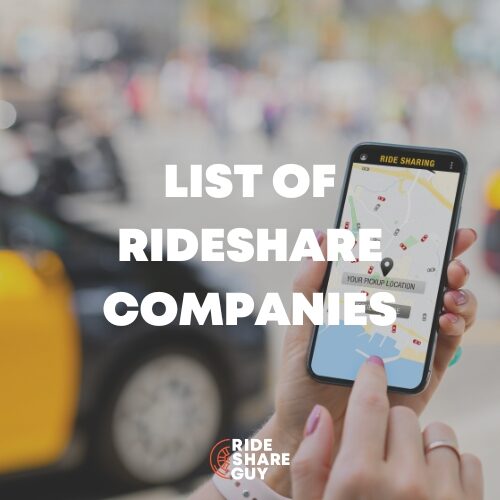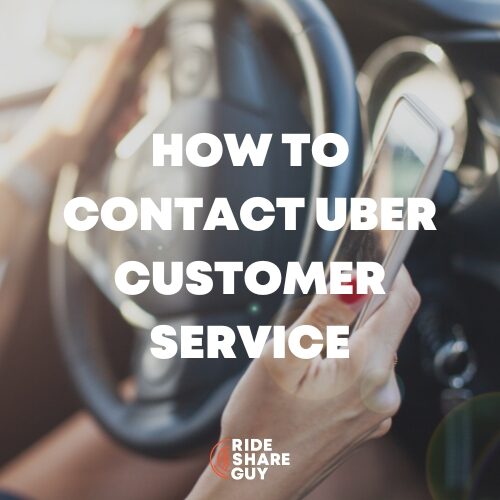With the onset of Covid-19 and the subsequent pandemic, things have changed in our lives—for the better and for the worse. This is true in almost all facets of our lives, and rideshare driving is no exception.
6 Ways Driving for Lyft and Uber Has Changed Since the Pandemic
The following things have changed in the world of rideshare driving, according to you, our readers. We reached out on Facebook and YouTube, and here’s what you said.
No Pool/Shared Rides
One thing that many drivers have expressed joy for is the fact that pooled/shared rides have gone away (at least for the time being). It’s possible they will still come back, but from the sounds of it, if drivers have anything to say about it, they would keep them gone for good.
If it comes back, drivers would like to see it be an option for them to opt-in or opt-out of.
As of right now, the Uber help website states that it is “temporarily unavailable”.
Lower Pay/Higher Rider Fares
On the not-so-good side of things, drivers are having to deal with getting paid less than before the pandemic. Rate cards are nowhere near where they were even a couple of years ago. Pay rates have been on a steady decline since Uber’s heyday.
Drivers were used to the 25%/75% split, with Uber taking the shorter end of that deal. While that hasn’t been the case since well before the pandemic anyway, drivers are still questioning how much Uber is taking from their fares.
Listen to the RSG podcast going over Uber’s Take Rate.
Basically, drivers get the base rate, per mile and per minute, and their tips. That’s about it. Uber can jack up the passenger price as much as they want without paying the drivers more, and that has drivers more than a little peeved.
JT on YouTube said, “These predatory companies are charging in excess of 300 percent higher for rides while not even showing a single dollar to the driver.”
On the other hand, it definitely depends on where you drive! Right now, RSG contributor Sergio is crushing it in Los Angeles. His top tips?
- Drive when it’s busy in your city!
- ONLY drive when you’re offering incentives
- Get to know your city really well – know where it is busy!
No Passengers in Front Seat
For drivers, this has been another upside but also been a bit of a sticking point. While drivers seem to enjoy having the extra space up front while also limiting the number of passengers they can accept, passengers haven’t taken to it too kindly.
Before the pandemic, passengers were used to having up to 4 people per Uber X ride, but now they are limited to 3, and they haven’t reacted well to that.
One reason drivers have enjoyed having the extra space is they can keep the front seat pulled all the way forward, giving passengers more legroom in the back. It also prevents passengers from touching the radio dial or having direct control over the temp. It is the driver’s car after all.
Too Many Drivers/Not Enough Drivers
I’ve heard from drivers both ways on this. In some markets, now that passengers are out in full force again, there are too many drivers on the road. In other markets the opposite is true.
Blake on Facebook said, “Early I didn’t mind. Pay was good. Money was there. Now, not so much. Way too many drivers.”
In some markets, there are still high bonuses and guarantees for drivers, indicating that Uber is trying to even out the playing field by bringing more drivers into the area.
Passengers Don’t Follow Rules
This kind of goes back to the “no passengers in the front seat” deal. Passengers aren’t following this rule. Many aren’t following the mask mandate either.
The worst part? Passengers are lashing out against the drivers for enforcing Uber’s pandemic policies.
Not only are passengers not following the rules, in some cases, but they also are simply not respecting drivers. On Reddit, a driver told his story where a passenger told him to just fill his flat tire at the nearest gas station and keep driving them to their location. Not only is it bad for the car to run on a flat, but it’s also just plain awful to ask someone to do it.
Brian on Facebook said, “I send this message out as soon as I accept a ride request and still end up dealing with people wanting 8 McNuggets but only wanting to pay for 6:
Reminder: We can only take up to THREE passengers, no exceptions because the front seat remains closed. If you have 4 or more, please cancel. Masks are still required to enter the vehicle, per Uber, and must be worn at all times, covering mouth and nose. Please have all stops entered in before the ride begins. Thanks!”
Ride Requests are Further Away Than Ever
Anthony from California reached out to us directly and said, “I have had many ride requests of 7 to 10 miles only to arrive and find out the rider wants to go 1½ miles.”
This is true of many drivers. While in many markets Uber will reimburse for long-distance pickups, it’s only after so many miles/minutes that you’ll receive anything extra. And that doesn’t fully help with the frustration of driving for 20 minutes to pick up a passenger who is going 2 minutes down the road.
With fewer drivers in some markets, this means drivers sometimes have to go further to pick up their passengers.
What has changed for you as a rideshare driver since the pandemic?
-Paula @ RSG
